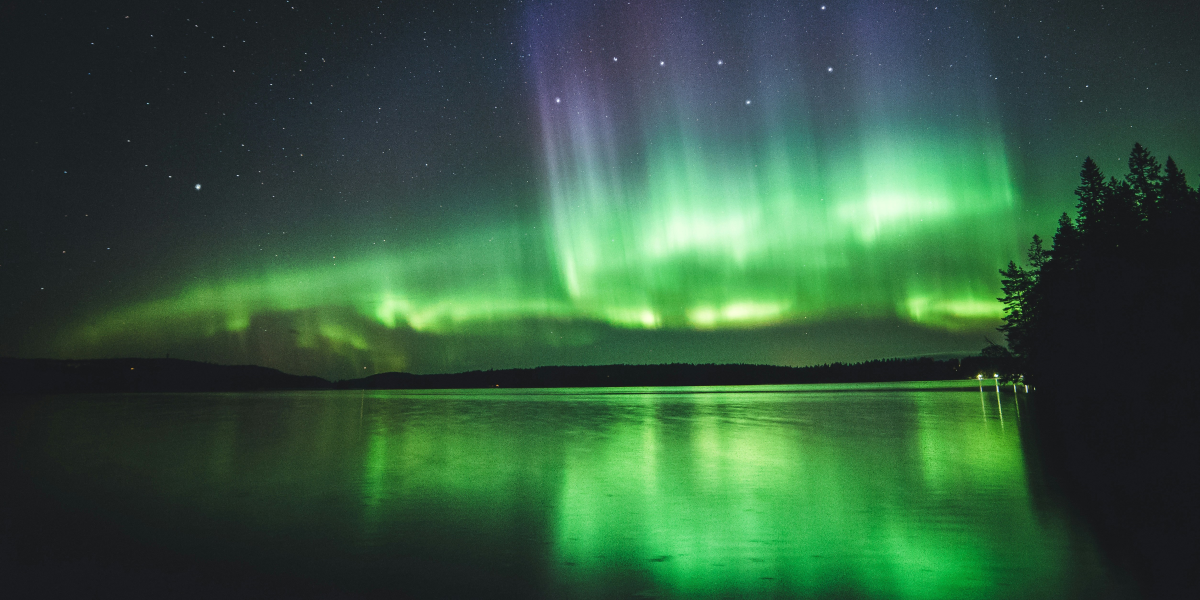Why Climate Education Is Key to Combating the Crisis
The climate crisis has become one of the most pressing issues of our time, and with it comes the need for urgent action and widespread awareness. As global temperatures rise, extreme weather events intensify, and ecosystems face irreversible damage, it is clear that educating the public about the crisis and its long-term consequences is critical. Over the past few years, educational campaigns focused on the climate have gained significant momentum, urging individuals, communities, and governments to adopt more sustainable practices. These campaigns are not only raising awareness about the issue but are also sparking action on a global scale.
Why Is Climate Education Essential for a Sustainable Future?
Education plays a pivotal role in shaping people’s understanding of global challenges, and when it comes to the climate crisis, this understanding is more urgent than ever. With rising temperatures, biodiversity loss, and unpredictable weather patterns, the world faces a stark reality. Educating people on the scientific causes and far-reaching consequences of climate change is a powerful tool for positive transformation.
Increased access to climate education allows individuals to make informed decisions about how they live, what they consume, and how they interact with their environment. As communities become more aware of the climate crisis, they can adopt sustainable practices such as reducing waste, conserving water, and transitioning to renewable energy sources. This shift in mindset is critical for mitigating the ongoing damage and for building a future that prioritizes environmental preservation.
The importance of climate education is particularly evident in schools and universities, where young people are being empowered with the knowledge to become future leaders in the fight against climate change. In many parts of the world, educational institutions are integrating climate science into their curricula to provide students with a comprehensive understanding of the crisis. These efforts are not just about fostering a generation of environmentally-conscious individuals but also about creating a culture of sustainability that will shape future policies, practices, and technologies.
How Are Educational Campaigns Addressing the Climate Crisis?
Over the years, governments, organizations, and grassroots movements have launched a variety of educational campaigns aimed at spreading awareness about the climate crisis. These campaigns are designed to inform the public about the urgency of the situation and to motivate individuals and organizations to take immediate action.
One such effort is the United Nations Climate Change Education program, which seeks to integrate climate change education into global educational systems. The program aims to create a comprehensive, multi-disciplinary approach to learning that incorporates everything from carbon emissions to the impact of climate change on ecosystems and human health. This kind of education is intended to build a solid foundation of knowledge while encouraging individuals to think critically about their role in tackling the climate crisis.
Community-based organizations are providing workshops, seminars, and local campaigns to increase awareness on a more localized level. These grassroots efforts are often designed to speak directly to communities about issues they are already experiencing, such as extreme weather events or sea-level rise, and offer actionable solutions. By connecting with individuals on a personal level, these campaigns create a stronger sense of ownership and responsibility for tackling climate change.
Social media also plays a key role in climate education, with campaigns like Fridays for Future, initiated by Greta Thunberg, reaching millions of people worldwide. Through hashtags, online discussions, and educational content, young people and activists are using the internet to spread information about climate change, advocating for policy changes, and calling for stronger climate action.
What Role Do Sustainable Practices Play in Climate Education?
Sustainable practices are the cornerstone of a climate-conscious future, and one of the key elements of climate education is teaching individuals how to incorporate sustainability into their everyday lives. From reducing plastic consumption to supporting green energy initiatives, sustainable practices not only help reduce the environmental impact of human activities but also promote long-term ecological health.
Climate education campaigns often focus on specific actions people can take to live more sustainably. For example, educational efforts might encourage individuals to reduce their carbon footprint by using public transportation, investing in energy-efficient appliances, or shifting to a plant-based diet. Recycling, composting, and promoting local food systems are other common topics within sustainable living campaigns.
By introducing the concept of sustainability into daily life, educational campaigns help individuals understand the direct link between their actions and the health of the planet. Sustainable practices are not only a response to the climate crisis but are also seen as a way to improve quality of life by creating healthier, cleaner, and more resilient communities.
Governments and businesses also play a crucial role in fostering sustainable development through educational outreach. For instance, corporate social responsibility (CSR) initiatives, often associated with large corporations, can include programs that teach the public about eco-friendly alternatives to traditional consumer products. These programs encourage consumers to make better choices and push businesses to adopt more sustainable practices across their supply chains.
What Are the Challenges to Climate Education?
Despite the growing efforts to raise awareness about the climate crisis, several barriers still hinder the effectiveness of climate education initiatives. One of the most significant challenges is the disinformation and misleading narratives that circulate around the issue of climate change. In some regions, especially those where fossil fuel industries are deeply entrenched, climate change is still downplayed, and public understanding remains limited.
There are logistical and economic barriers to providing climate education in all communities. In developing countries, limited resources and access to quality education may prevent individuals from learning about the climate crisis and how to respond. In wealthier nations, the challenge is often to create education programs that reach a diverse range of audiences, particularly those who are less inclined to engage with environmental issues.
The complexity of climate science itself can be a barrier to widespread understanding. The science behind climate change can be challenging to explain and understand, especially when discussing complex issues such as carbon cycles, greenhouse gases, and climate models. Simplifying these topics without sacrificing accuracy is essential to making climate education accessible to a broad audience.
What’s Next for Climate Education?
As the climate crisis continues to escalate, the need for comprehensive and effective climate education will only grow. To meet this demand, global efforts must intensify. Governments, institutions, and individuals must collaborate to ensure that climate education becomes an integral part of our educational systems, communities, and daily lives.
Ultimately, climate education is about more than just spreading knowledge; it’s about empowering individuals and communities to take responsibility for their actions and make decisions that will help secure a sustainable future. The more people understand the urgency of the climate crisis, the more likely they are to act and advocate for change. In this way, climate education has the potential to become one of the most powerful tools in combating climate change and ensuring a more sustainable world for future generations.












